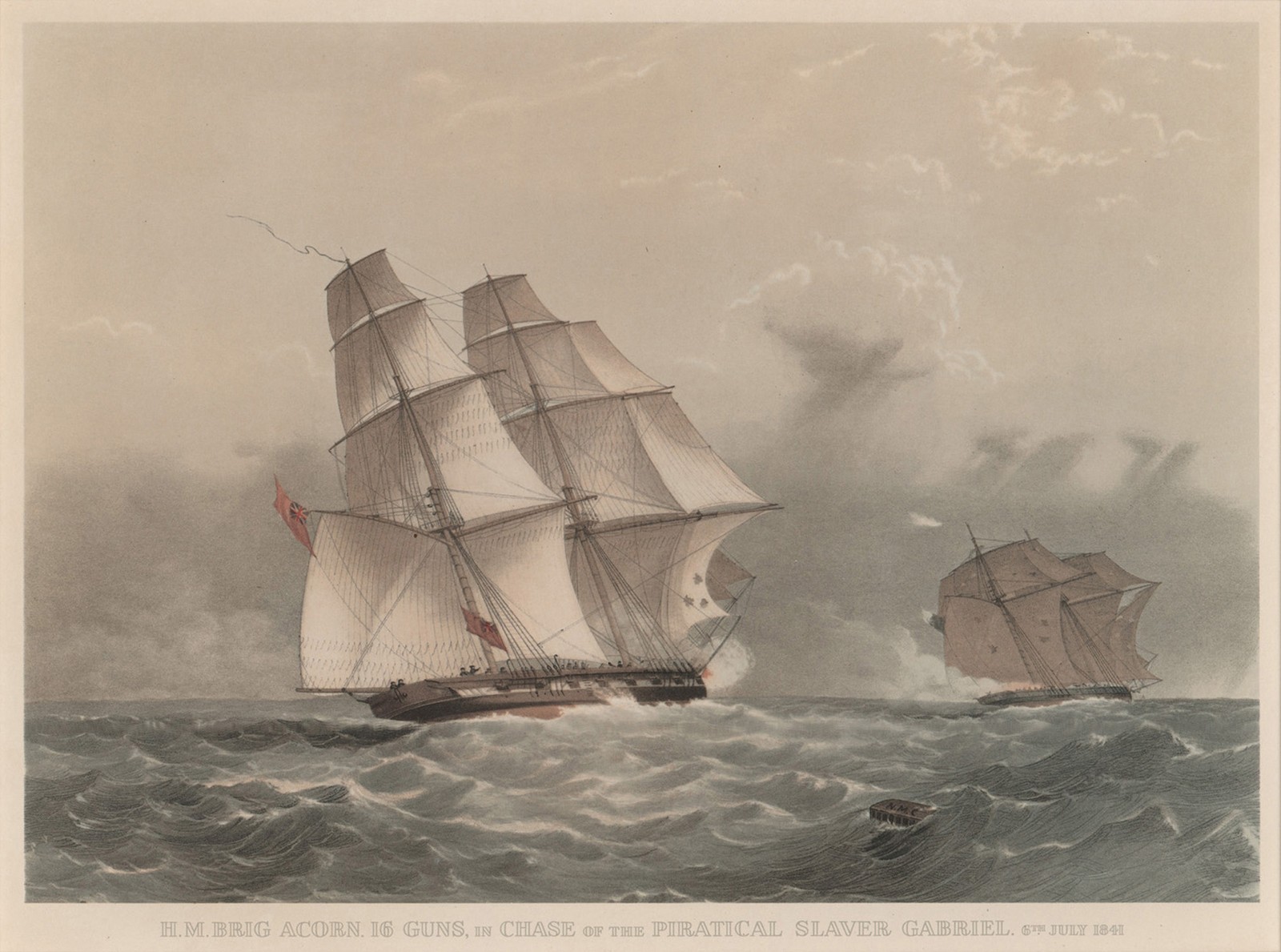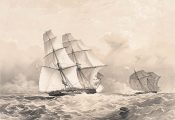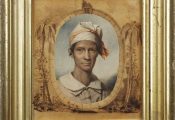The Royal Navy’s West Africa Squadron was established in 1808. It was based in Sierra Leone, and its main job was to suppress illegal slave trading by British citizens. It stopped ships along the coast to see if they carried enslaved Africans. The squadron and ships like the Acorn seized vessels taking part in the trade.
The Acorn was launched in November 1838 and in 1839 sailed from Plymouth for anti-slavery operations. Acorn captured a Spanish slaver, the brig Gabriel, on 6 July 1841. The captains of captured ships were often tried at courts both in Africa and in the Caribbean. As a result, ships could be impounded or permanently confiscated and their owners fined. Some enslaved Africans were returned to Africa and released, usually in Sierra Leone, which was not necessarily their place of origin. The decision by Britain to end its involvement in the slave trade did not mean it ended completely. Illegal slave trading continued well beyond abolition in 1838/ Countries such as Spain, Portugal and France also continued trading and the British tried, not always successfully, to stop other countries carrying on the trade both by bribes and policing the seas.
www.imagesofempire.com [this link is broken]
Accession reference: The British Empire and Commonwealth Museum 1996/144/024



